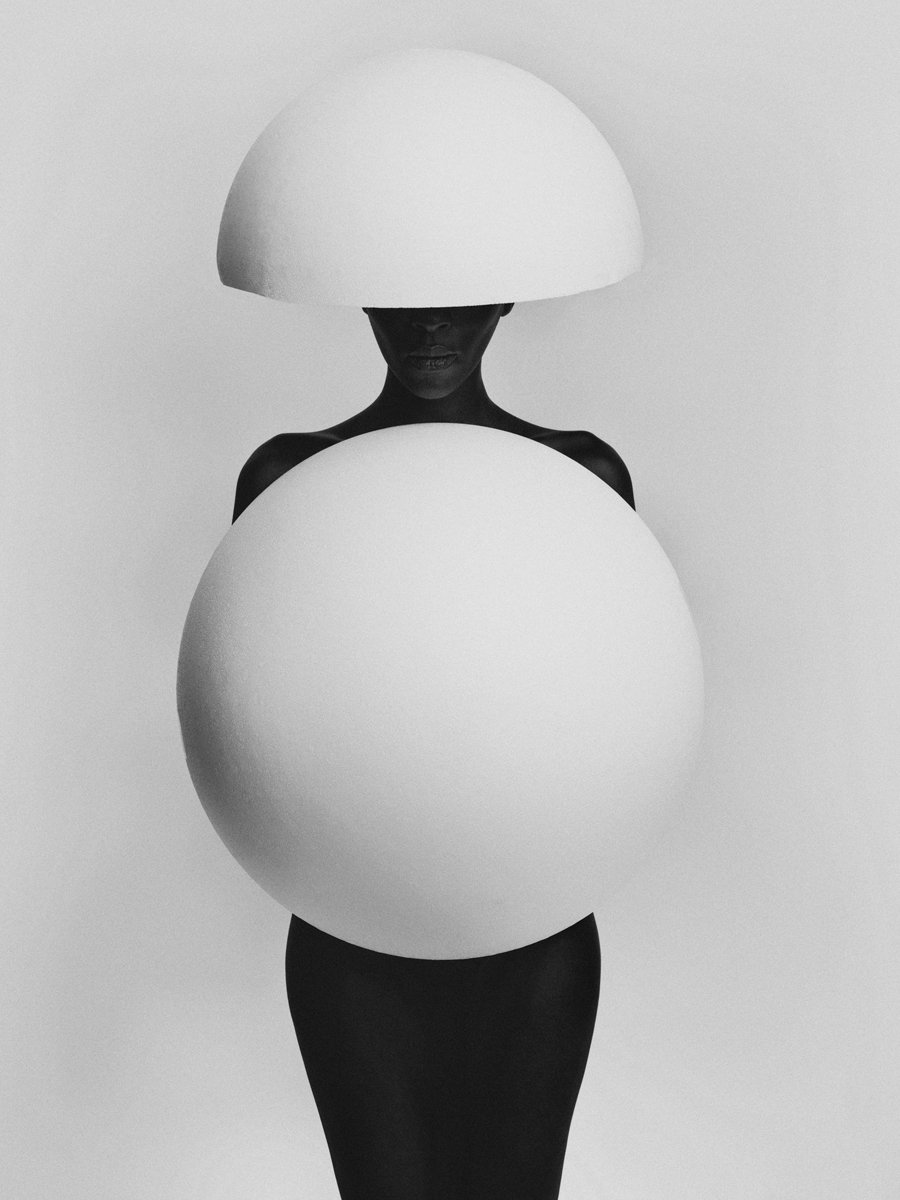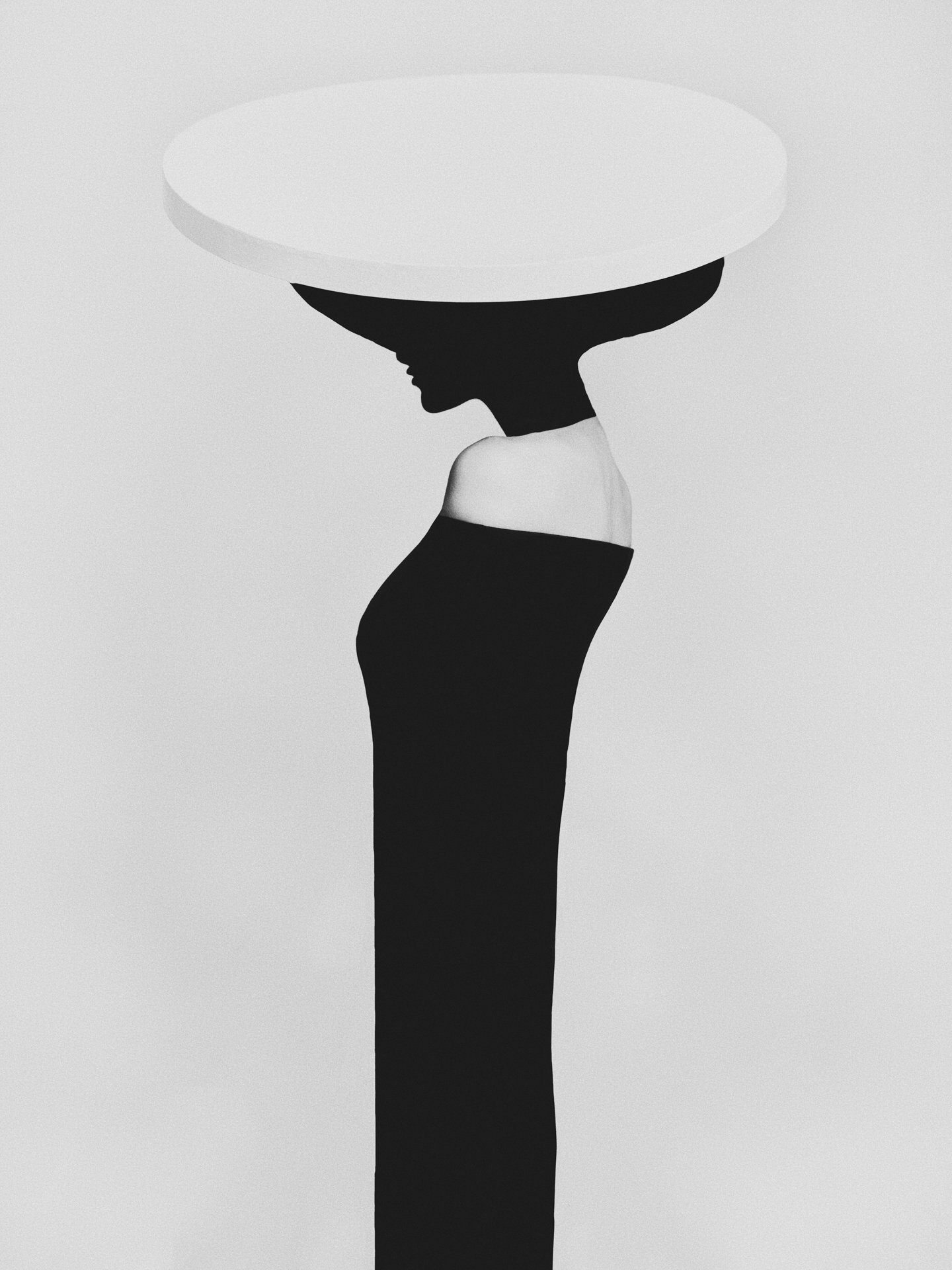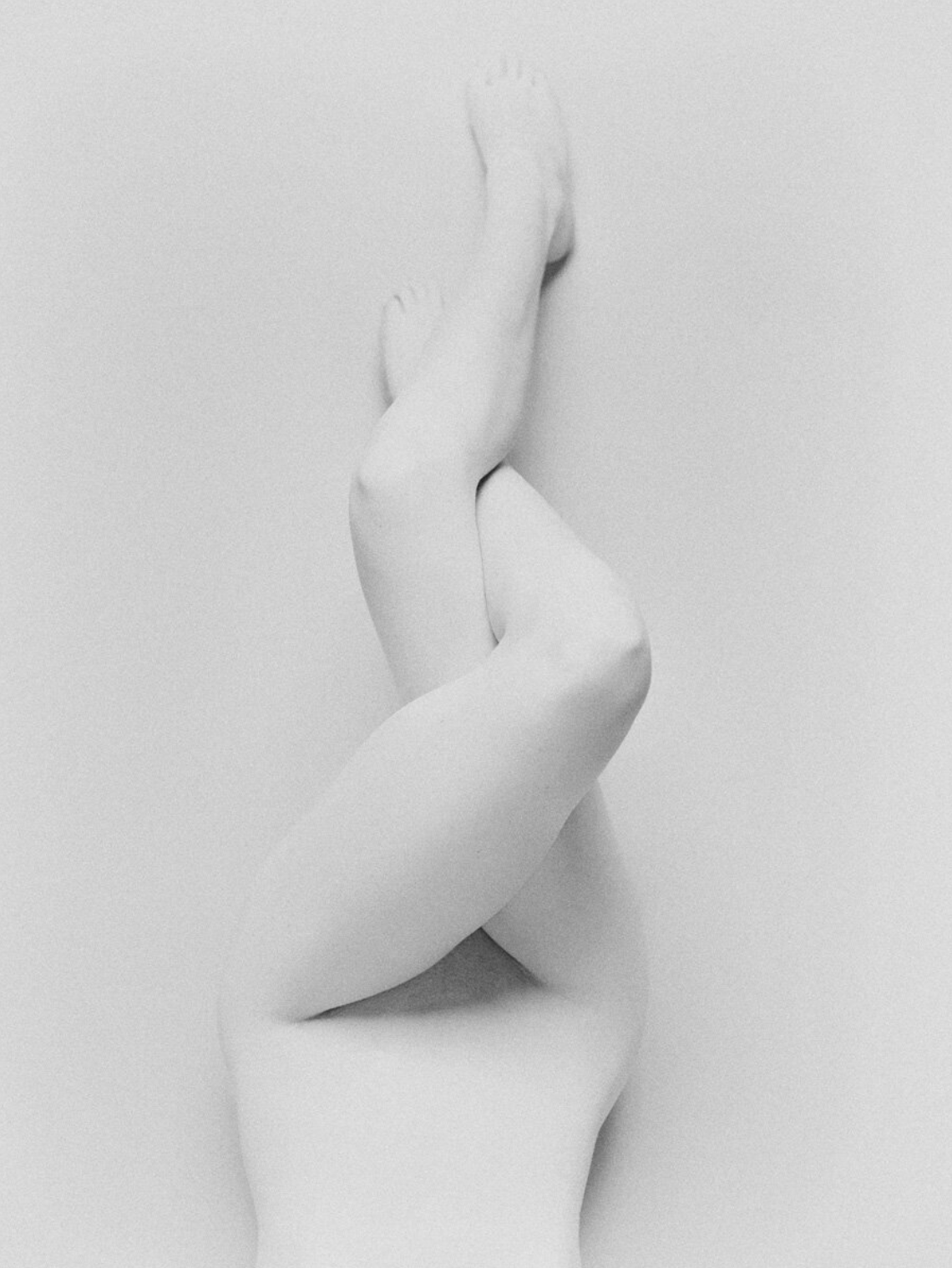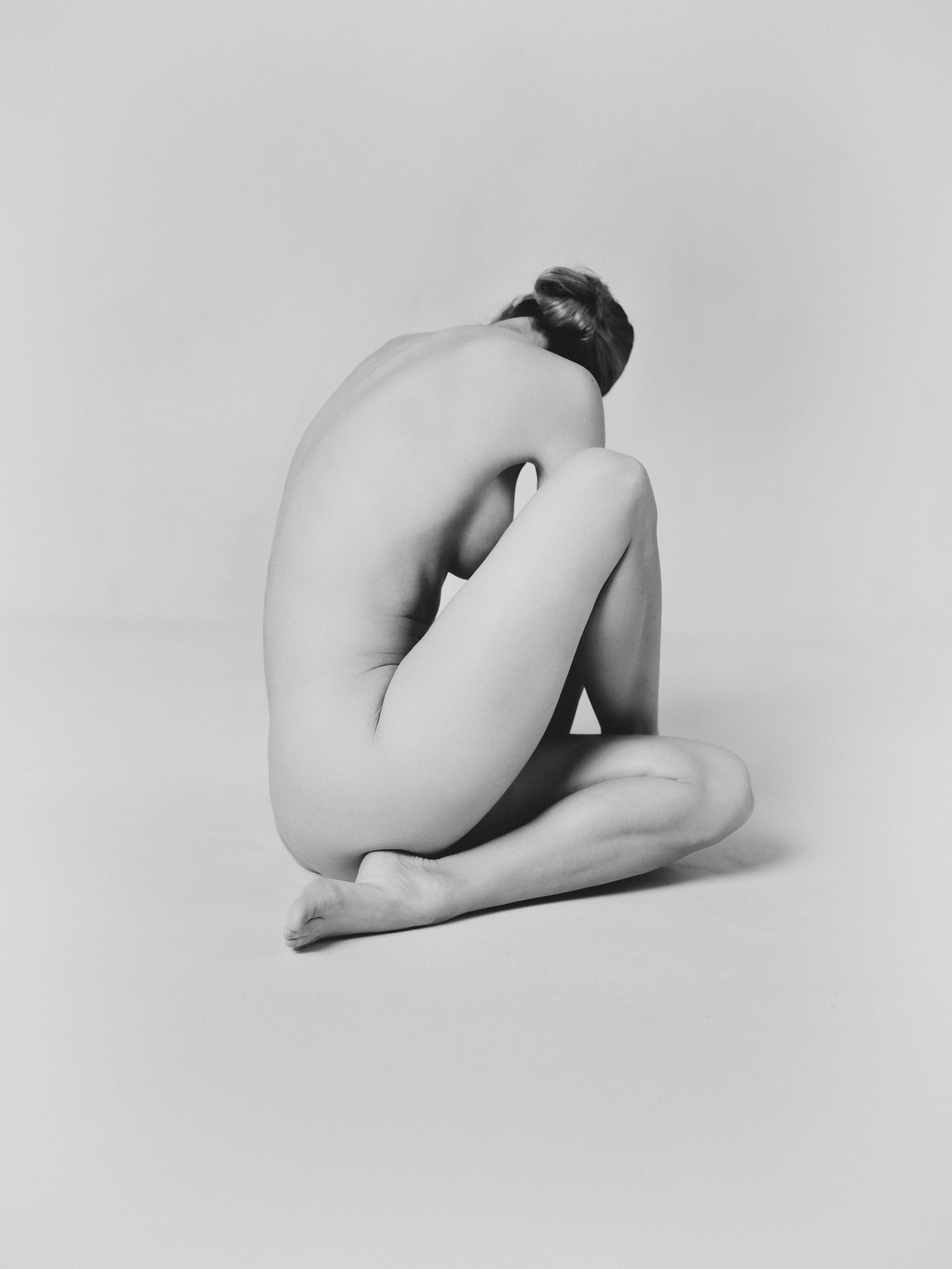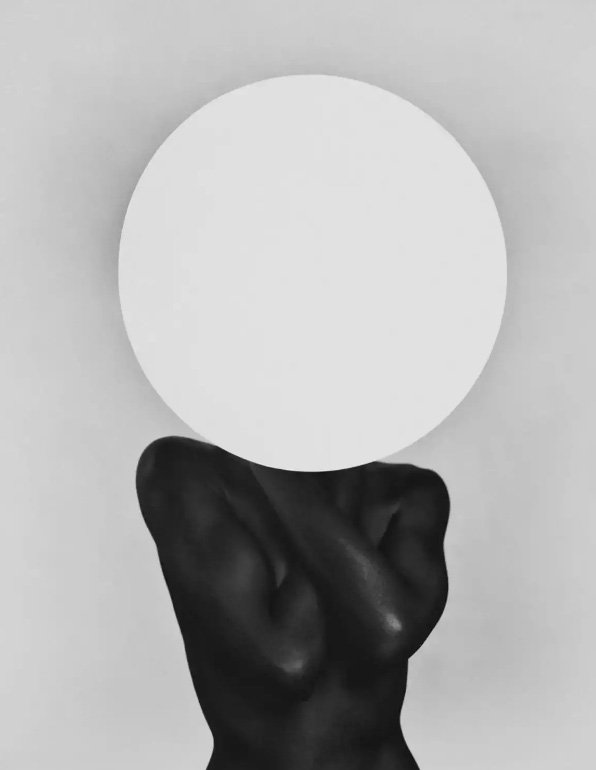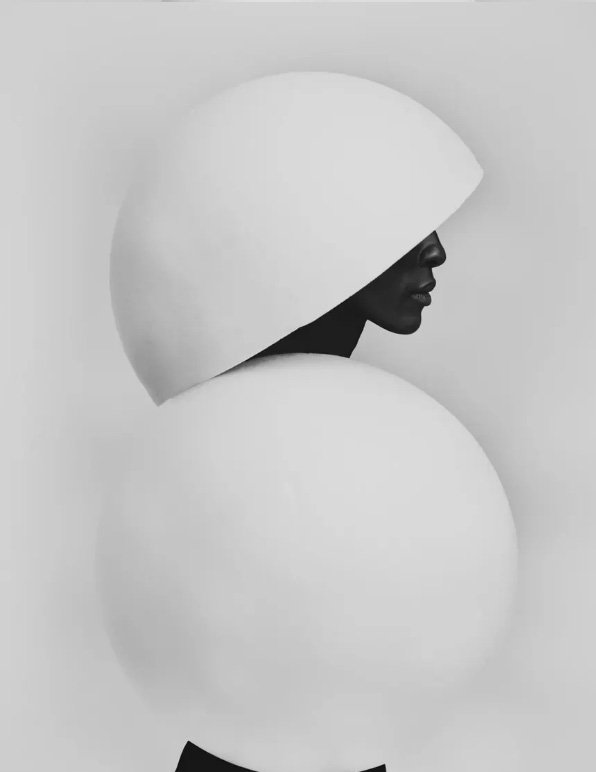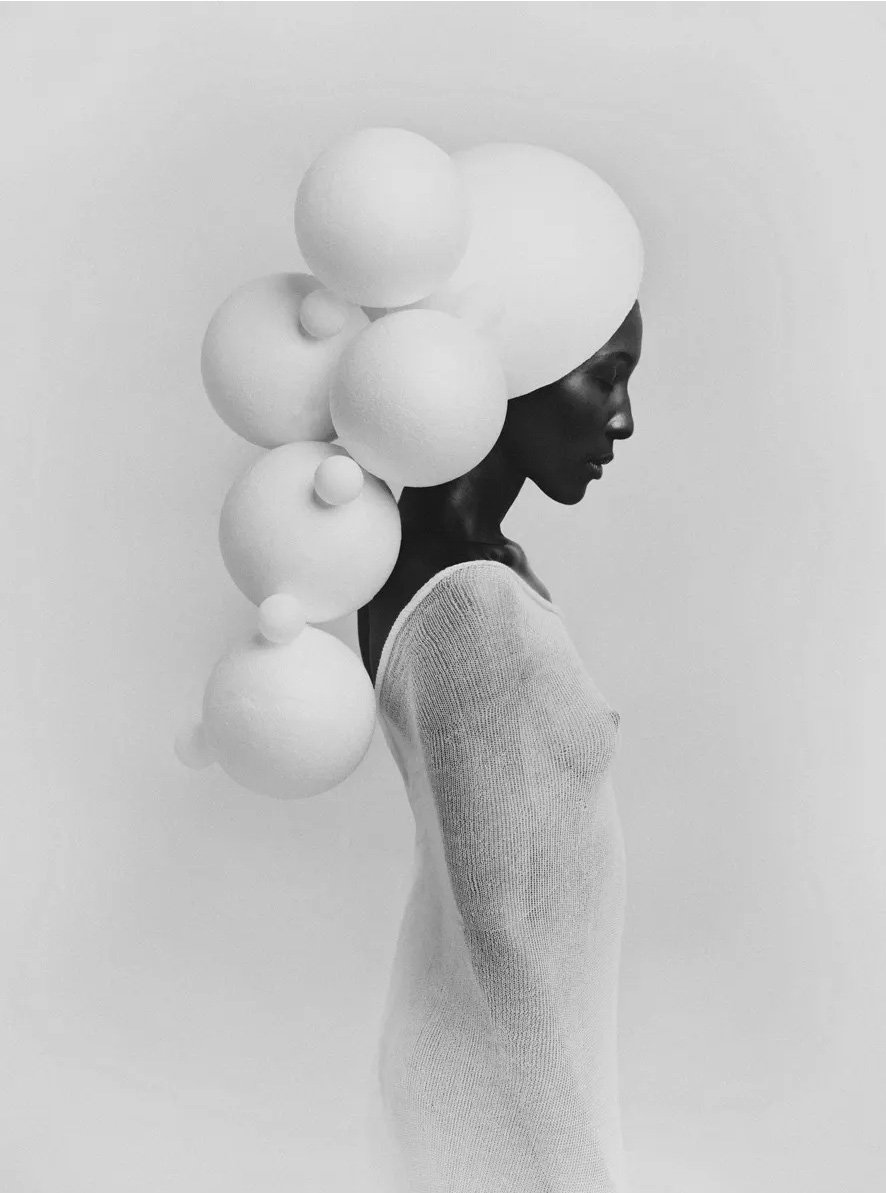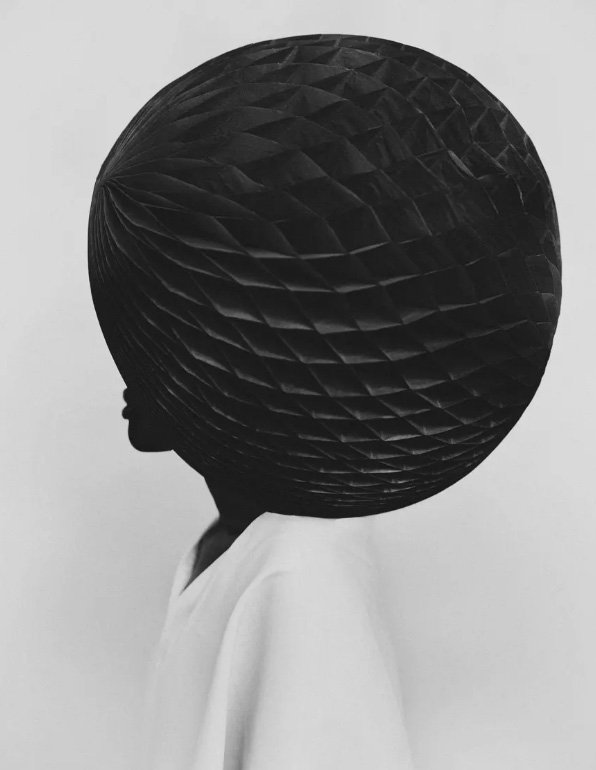Bastiaan Woudt
Dutch, born 1987
“I like to look at lines, abstractions, structure, and texture. In a portrait, I can be extremely disturbed by color. It distracts me from the essence of someone’s face. In my opinion, because we see color in daily life already, the added value of color in the photo is lost. I like to show something that others might not be able to see and converting it to black and white removes the last bit of reality. I’m not looking for the truth, I want to tell my story.”
Bastiaan Woudt is a Dutch, self-taught, photographer born in 1987. After starting his own photography practice over a decade ago, with no experience or formal training, Woudt has developed into a photographer with his own distinct signature style. Woudt studied the history of photography through devouring photobooks and visiting museums and fairs along with experimenting with modern photography techniques. He was initially inspired by works of some of the twentieth century’s most important photographers such as, Irving Penn, Bill Brandt, and Richard Avedon. He has a strong preference for classic subjects, such as portraits and nudes, and references to illustrious periods from photography can be seen throughout his work such as Surrealism and the documentary photography of the 1960s and 70s. Woudt distinguishes himself with a signature monochromatic style. His photographs display a range of charcoal tones and compositions highlighting lines, textures, and shapes, where light and shadow dance elegantly.
Bastiaan Woudt first attracted acclaim in 2016 when he was awarded the Van Vlissingen Art Foundation Prize which made possible, Karawn, a series of photographs in Morocco. In 2017 Woudt visited Mukono, Uganda where Marie-Stella-Maris, a foundation who supports local drinking water projects, commissioned him to photograph the people of Mukono. In the tradition of Walker Evans, and the Farm Security Administration photographers, Woudt tells a community’s story by focusing on the individual and intimate. Traveling to Mukono, to photograph the water resources in a region with limited access to safe water, Woudt transforms a documentary project into a visual poem. Talismans permeate the series—water jugs, hands—resulting in an allegorical and cohesive body of work distinguished by a blend of classicism and contemporary post-production techniques.
Bastiaan Woudt has published seven books and has been featured in numerous magazines. His photographs have been exhibited in many galleries and museums internationally, such as Fotografiska and Museum Kranenburgh. He also has started his own publishing house- 1605 Publishers, which is a platform for emerging and establish artists, and a publishing house for photographic books and projects.


